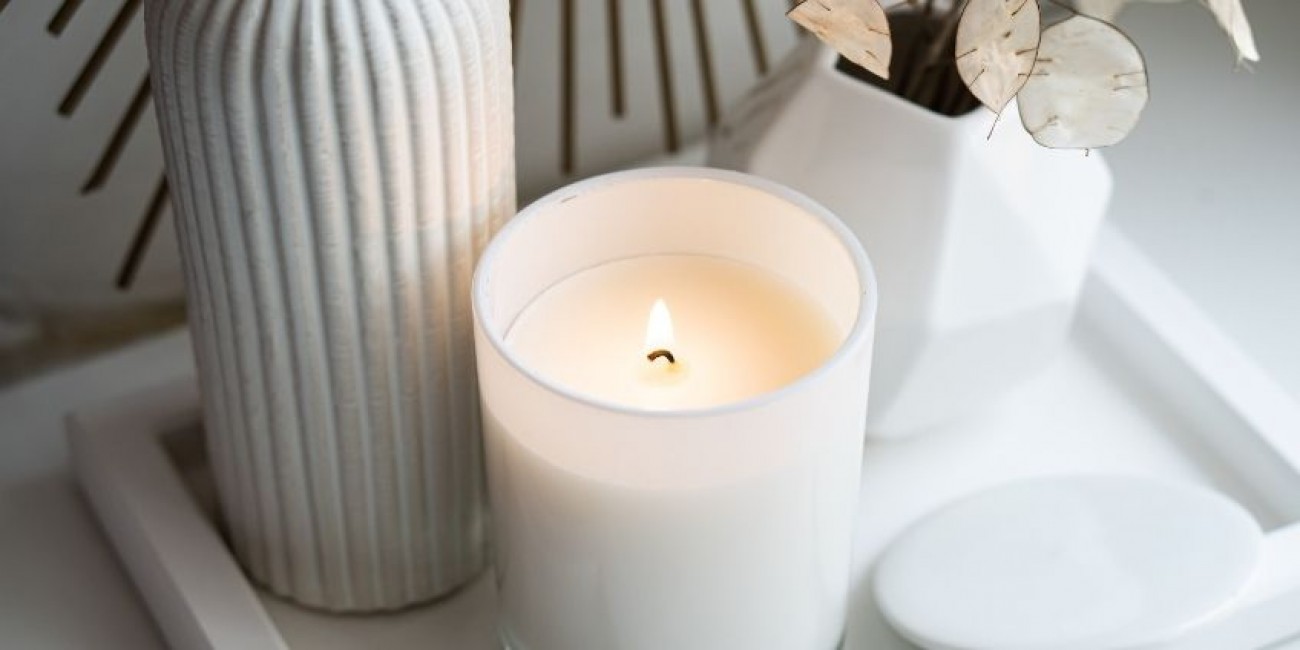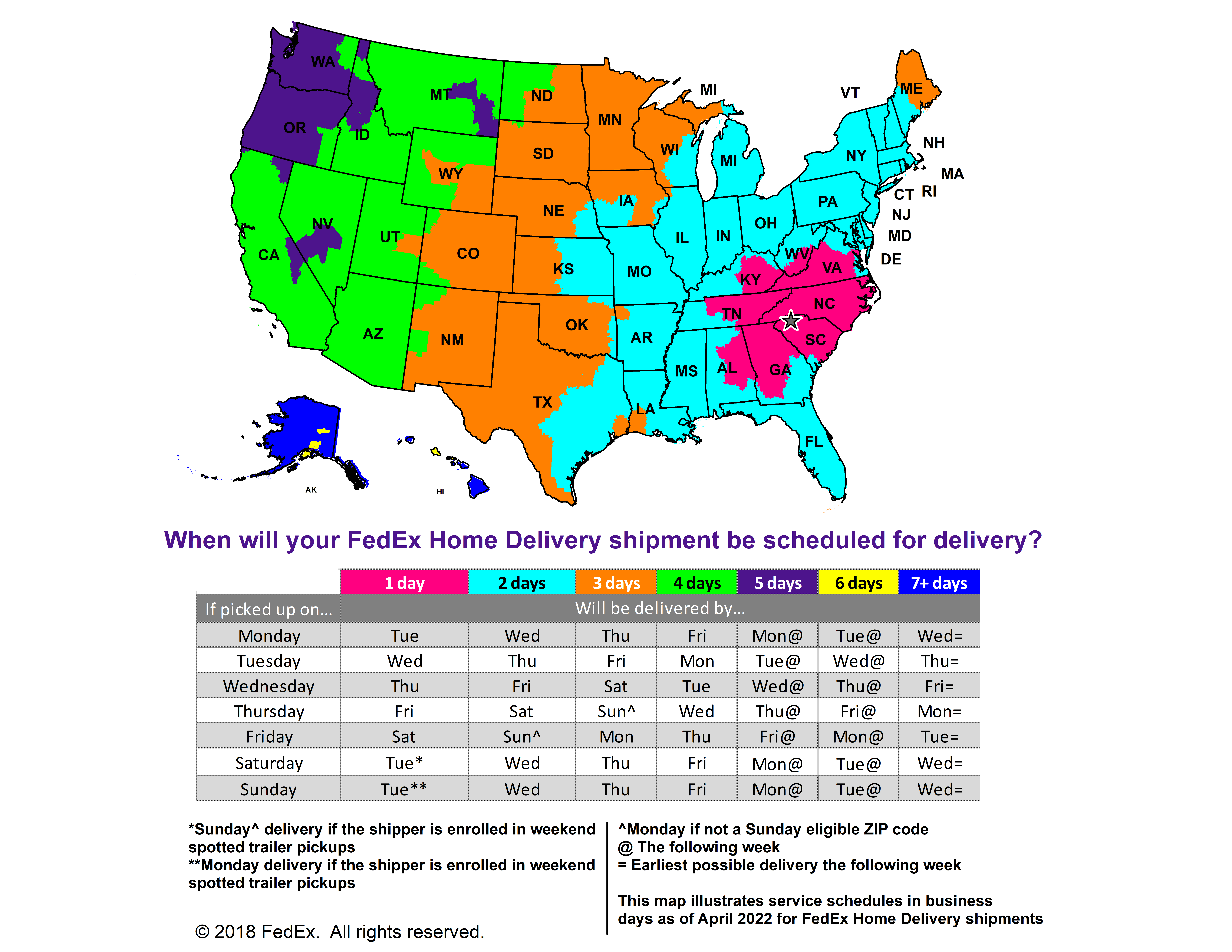Common Sources of VOCs To Be Aware of Around the Home

Our homes are supposed to be a source of safety and security. However, many people find that they can also be a source of health and safety concerns, especially for those with chemical sensitivities. In fact, the average home often contains a shockingly high number of VOCs.
What Are VOCs?
Volatile organic compounds—or VOCs—are harsh gaseous chemicals that can enter the air from synthetic products. These chemicals, such as benzene, formaldehyde, ethylene, glycol, and toluene, typically have a harsh scent, though they may still exist in the air after the scent disperses.
Why You Should Be Aware of VOCs in Your Home
VOCs can impact the health of those with allergies, chemical sensitivities, or asthma, but they may also trigger symptoms in people without them. Some of these symptoms may include:
- Irritation in the eyes, nose, and throat
- Headaches
- Nausea
- Rashes
- Fatigue
- Dizziness
- Shortness of breath
In young children, these symptoms may contribute to asthma later in life, and in extreme cases, they can cause cancer. Fortunately, the simplest way to protect those in your home is to make yourself aware of the most common sources of VOCs around the home.
The Most Common Sources of VOCs in a Home
Cleaning Products
Many common household cleaners contain harsh chemicals, such as ammonia or bleach, that help them kill germs or whiten stained areas. Then, to cover unpleasant odors, manufacturers add more chemicals as a fragrance. However, these chemicals can be incredibly harsh on the body, especially when they diffuse into the air through sprays.
The simplest way to avoid VOCs from cleaning products is to opt for organic or natural cleaners. You can also make homemade cleaning products by combining water with one of these ingredients:
- Baking soda
- Apple cider vinegar
- White vinegar
- Lemon juice
- Essential oils
- Olive oil
You can also combine several of these ingredients. For instance, essential oils, olive oil, baking soda, lemon juice, and water work well together.
Air Fresheners and Candles
The same chemicals that go into cleaning products to make them smell nice are present in store-bought spray air fresheners and even candles. But, as with cleaners, it’s possible to find non-toxic alternatives that do not contain VOCs.
For air fresheners, opt to invest in a diffuser and a set of essential oils. However, you should examine the label of any essential oils you plan to buy. Some products dilute their oils with chemicals as well. It’s also possible to find non-toxic candles; however, be aware that any type of flame may impact air quality.
Beauty Products
After learning that manufacturers use VOCs to create fragrances, it’s no stretch of the imagination to infer that perfumes may contain them. While this is true, perfumes aren’t the only beauty product that contains them. Other products include:
- Hairspray
- Nail polish
- Nail polish remover
- Lotions
- Deodorants
Opting for beauty products with the natural or non-toxic label typically helps you circumnavigate these chemicals. However, it’s important to take the time to read the ingredients on these as well.
Pesticides
Much research has gone into the damaging impact of pesticides on our health, but it can often seem like a distant problem that only really affects large farms. But the can of Raid we use to get rid of a stray bug or the chemicals we put out to keep pests out of the house or garden are also pesticides and impact our air quality.
There are a number of VOC-free ingredients that can also keep insects out of your home or garden, some of which you may already have in your home. A few examples include:
- Garlic
- Soapy water
- Pepper spray
- Neem oil
- Pyrethrum oil
- Alcohol spray
You can also simply swap out the Raid with a good old-fashioned fly swatter for a chemical-free way of disposing of an unwanted bug.
Stored Fuel
It’s no secret that car fuel is a source of air pollution. But we tend to think of the black exhaust that comes from the back of a car when it’s in motion. However, if you keep a can of gasoline in a hot storage area for too long, it can undergo a process called vaporization that can put chemicals in the air.
Along with impacting the air quality, these chemicals can become deadly if an ignition source is present. Professionals do not recommend storing gasoline in a home.
Crafting Supplies
When we sit down to do a DIY project, personal protective equipment is nearly always involved, whether that means gloves or goggles. When a project’s instructions involve wearing a facial mask over our nose and mouth, the materials you’re using likely contain VOCs.
Some common crafting supplies that contain VOCs include:
- Furniture polish
- Oil-based paints
- Polyurethane foam
- Glues and other adhesives
- Permanent markers
Where possible, try to opt for VOC-free alternatives, such as non-toxic furniture polish. When this isn’t possible, try to do your crafting outside or in a well-ventilated garage. And don’t forget to wear the proper PPE.
Carpeting
When one imagines the potential sources of air pollution during home renovations, most wouldn’t think of flooring as a source. But carpeting can release up to 40 different chemicals into the air for as long as five years after installation.
Fortunately, non-toxic carpet brands have cropped up in response to this, crafting VOC-free carpets made of non-treated wool, seagrass, nylon, and other textiles. Otherwise, many homeowners avoid carpet altogether in favor of more eco-friendly flooring options, such as:
- Vinyl
- Linoleum
- Bamboo
- Reclaimed wood
- Cork
- Sealed concrete
Paints
A freshly painted room looks stunning; however, few would argue that it smells pleasant. That’s because most oil-based paints contain VOCs that linger in the air for weeks after the paint is dry. This is one of the reasons best practices for painting indoors include establishing good ventilation.
Water-based paints are an excellent alternative for those who want to avoid VOCs without sacrificing a beautifully painted home. Here at ECOS Paints, we have hundreds of shades and hues of beautiful zero VOC* paints to brighten up your home without impacting your indoor air quality.
*Zero VOC - Conforms to CDPH 01350 (VOC emissions test taken at 11, 12, & 14 days for classroom & office use).



























